
What is Cauliflower?
Cauliflowers are a vegetable that belongs to the Brassicaceae family. This plant comes from the Mediterranean region, Central Asia and usually grows in cool areas. It's best to buy cauliflower in the fall or winter because that's when it's a little sweeter (it's also cheaper). Cauliflowers are white to yellowish-white in color and has numerous, regular flower heads and a head consisting of small, short-stemmed flower arrangements about 30 cm in diameter.
How does Cauliflower Taste Like?
Cauliflower has a sweet and nutty flavor with crunchy textures. The low carbohydrates (4.71 g / 100g) and calories (24.9 g / 100g) in cauliflowers make cauliflower suitable for use as a keto diet menu by processing it into several foods such as cauliflowers rice, soup, cakes, etc.
Nutrition for Cauliflower
According to the USDA, Cauliflowers are high in fiber (2.4 mg / 100g). The fiber content in cauliflowers can feed the healthy bacteria in your gut to reduce intestinal inflammation and help digestive tract diseases such as irritable bowel syndrome. The fiber in the intestine also maintains a feeling of fullness longer to reduce the risk of obesity and reduce blood sugar levels. Moreover, cauliflowers also contain vitamin C (48.2 mg / 100g) and antioxidants (± 35.13 - 68.91%) which offer many health benefits, such as boosting the immune system, preventing cardiovascular disease and as having anti-inflammatory properties. Cauliflowers also contain a compound called sulforaphane, which according to some studies, may also potentially stop cancer growth by destroying cells that are already damaged.
Can you eat cauliflower raw
Raw cauliflower contain anti-nutritional substances in the form of goitrogens, which can cause goiters. So it is not recommended to consume raw cauliflowers. Toasting, steaming or sautéeing cauliflower before eating can help break down the myrosinase enzyme and reduce goitrogens.
How to Buy Cauliflower & Where to buy Cauliflower Rice
You can buy cauliflower whole and raw in the produce section of your grocery store, as well as riced (which can be found both in the produce section as well as in the frozen food section). Choosing fresh cauliflower is straightforward; looking at the cauliflower's color and the leaves surrounding it. Choose cauliflower with a creamy white color with densely packed florets free of blemishes, browning, or wet spots. You can also use the color at the bottom as a new cauliflower indicator; the whiter the color means that the cauliflower was recently harvested. Also, the cauliflower head should feel heavy in your hand for its size.
How to Store Cauliflower
Cauliflower is best stored in a well-ventilated container to prevent spoilage. It's best to let the cauliflower "breathe" a little. You can do so by storing them in a porous plastic or loosely wrapping the cauliflower in plastic wrap and poking some holes throughout the pastic. If you want to keep your cauliflower fresh even longer, try this: store the cauliflower in the fridge in a damp cloth or towel, and place it in a perforated plastic bag in the fridge with the stalk down. This helps to prevent moisture from forming on the head of the cauliflower, which can damage its freshness. This method will keep the cauliflowers moist and stay in good quality for up to 2-4 weeks. It's also important to keep the cauliflower cold (in the fridge), as they can turn brown and become hollow.
Freezing Cauliflower
If you want to freeze cauliflowers, the best way is to blanch them first. First, break the head into 1-inch chunks, wash with either vinegar or salt and then blanch them in boiling water for 5 minutes. Rinse, drain and then freeze!
Blanching Cauliflower for Freezing
Again, it's not recommended for cauliflowers to be consumed raw because of goitrogen compounds that can cause goiter. You can process cauliflower by boiling, steaming or sauteing with added spices. Cauliflower should not be cooked for too long (± 5-10 minutes is enough) because it will remove the nutrients contained in it. Moreover, you should not use cooking utensils that have iron when processing cauliflower. This is caused by iron which can turn the cauliflower color black. TIP: you can prevent the discoloration if you add lemon juice to the cauliflower!

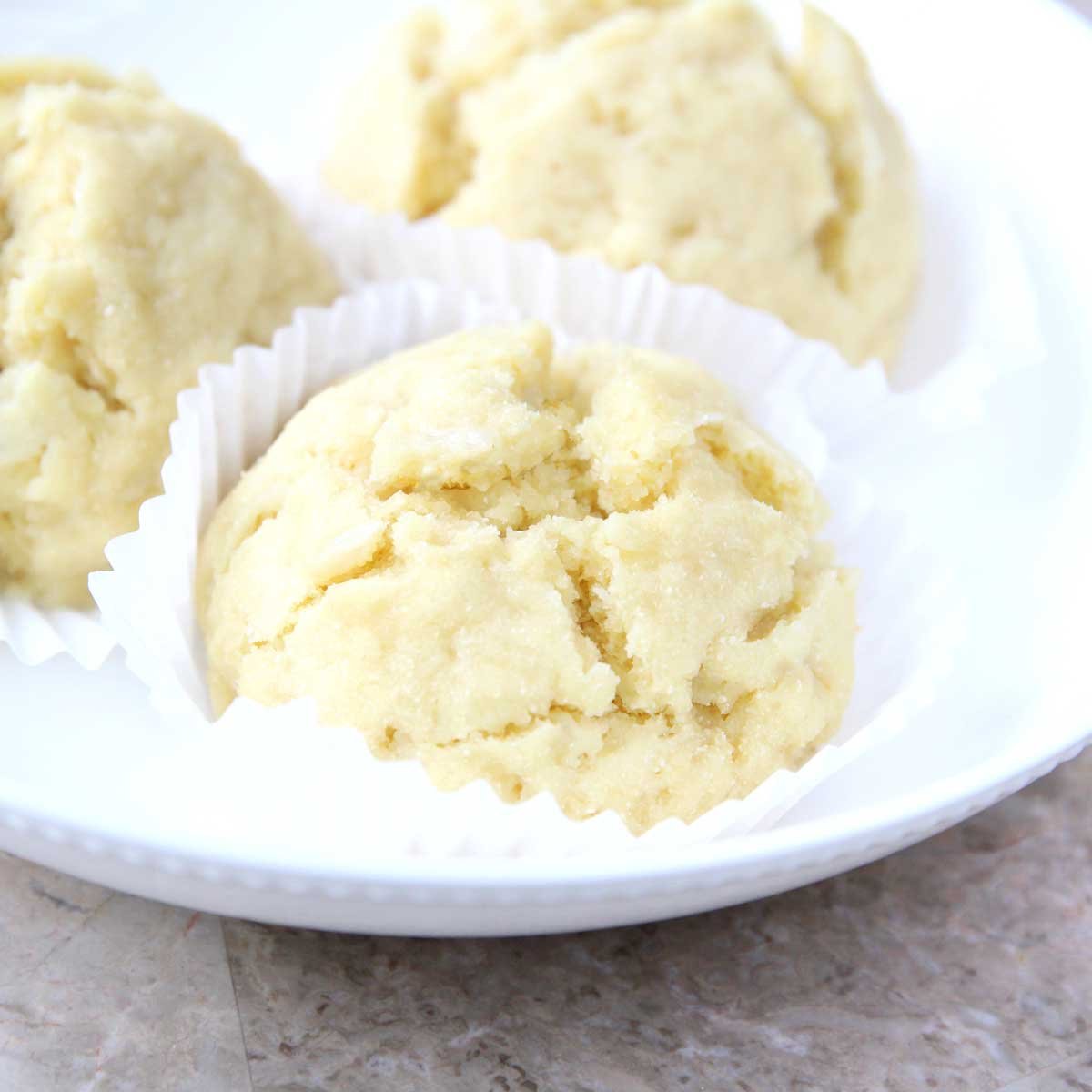

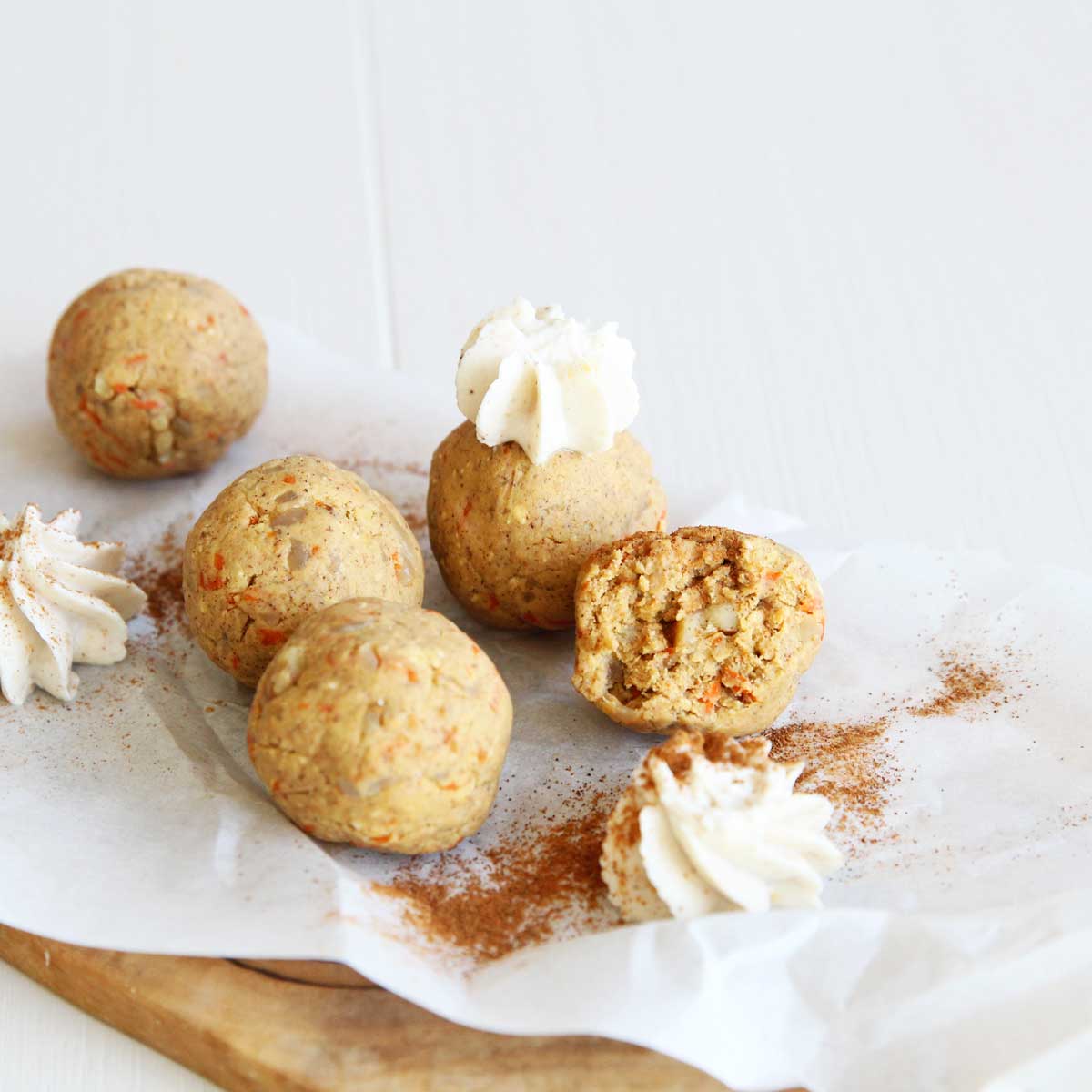
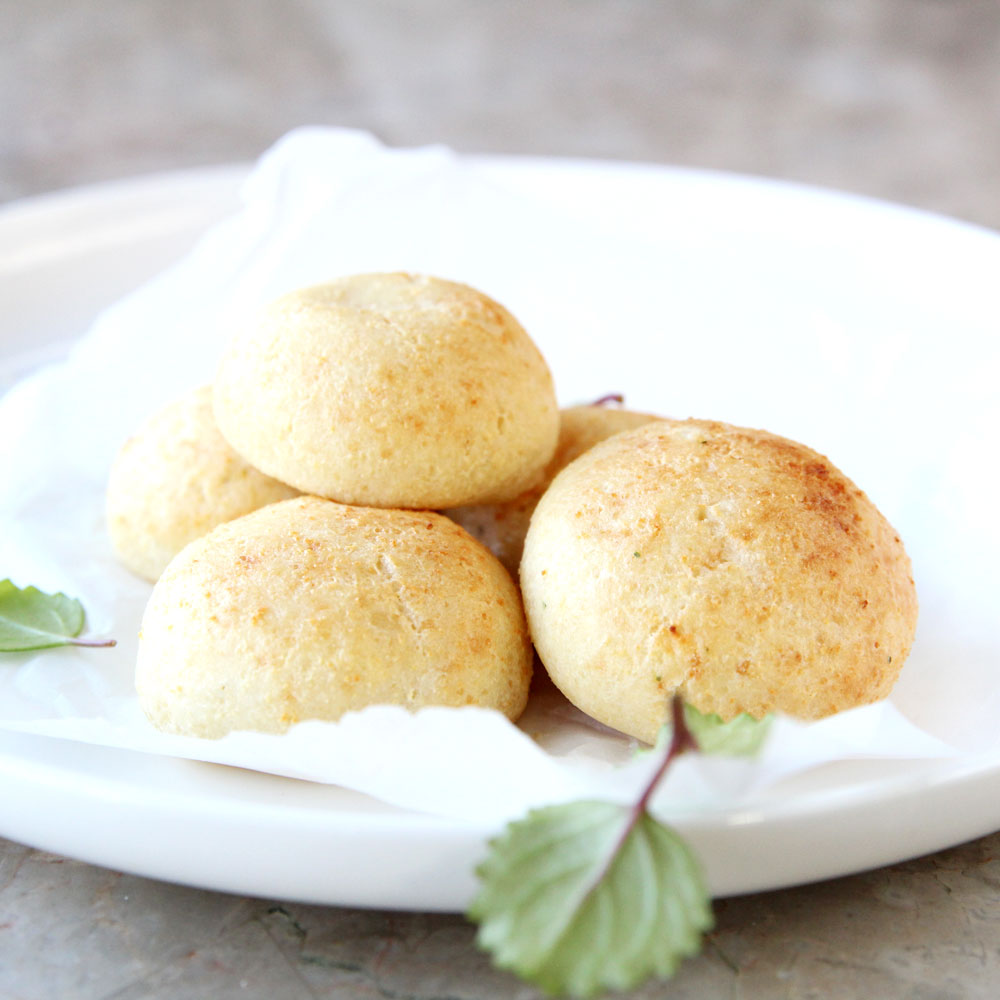
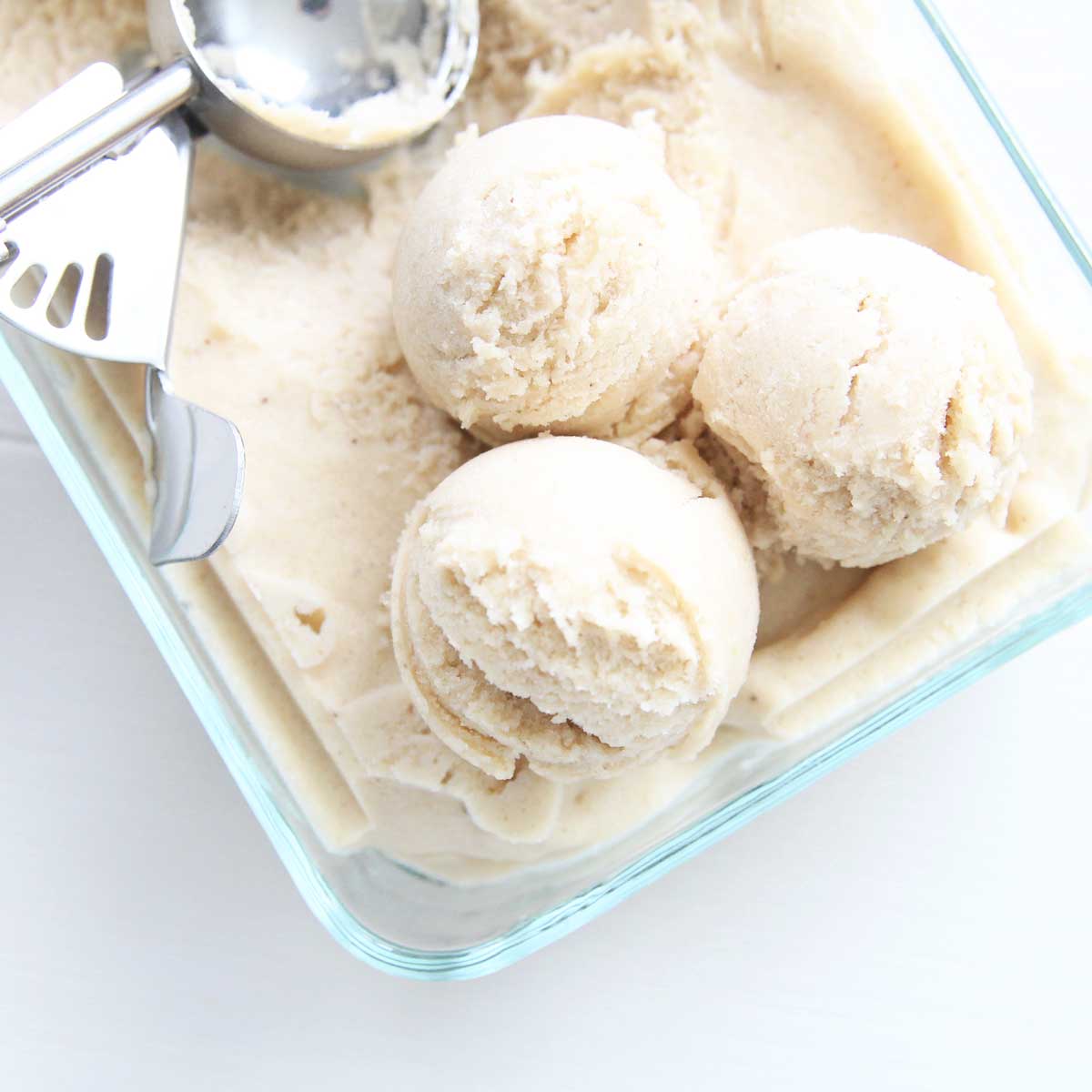

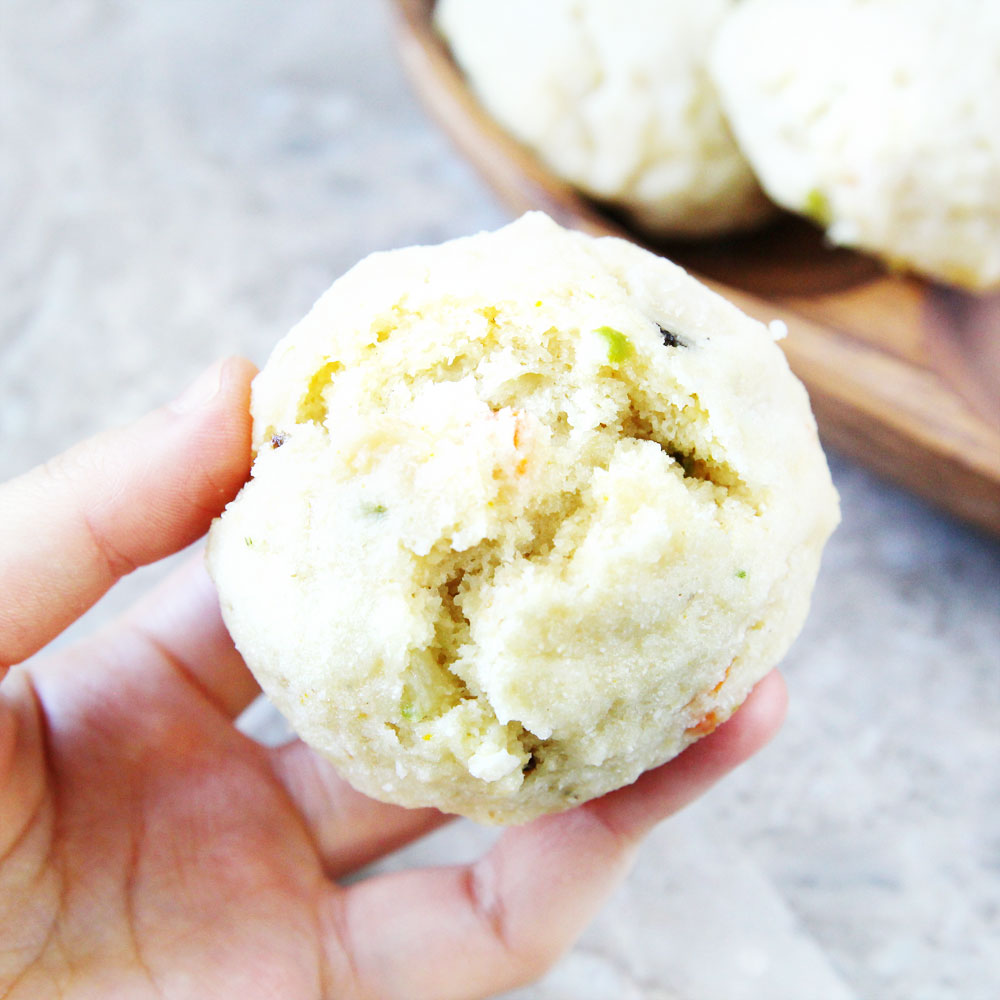
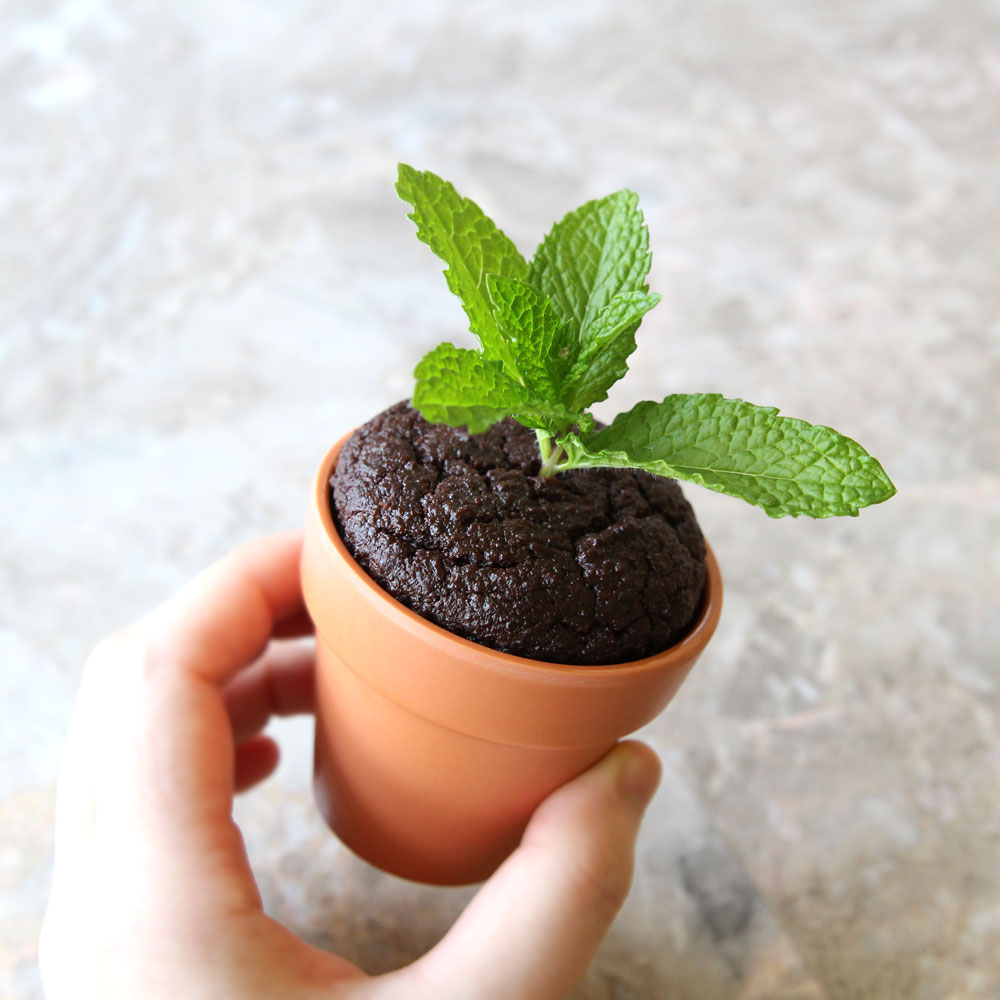
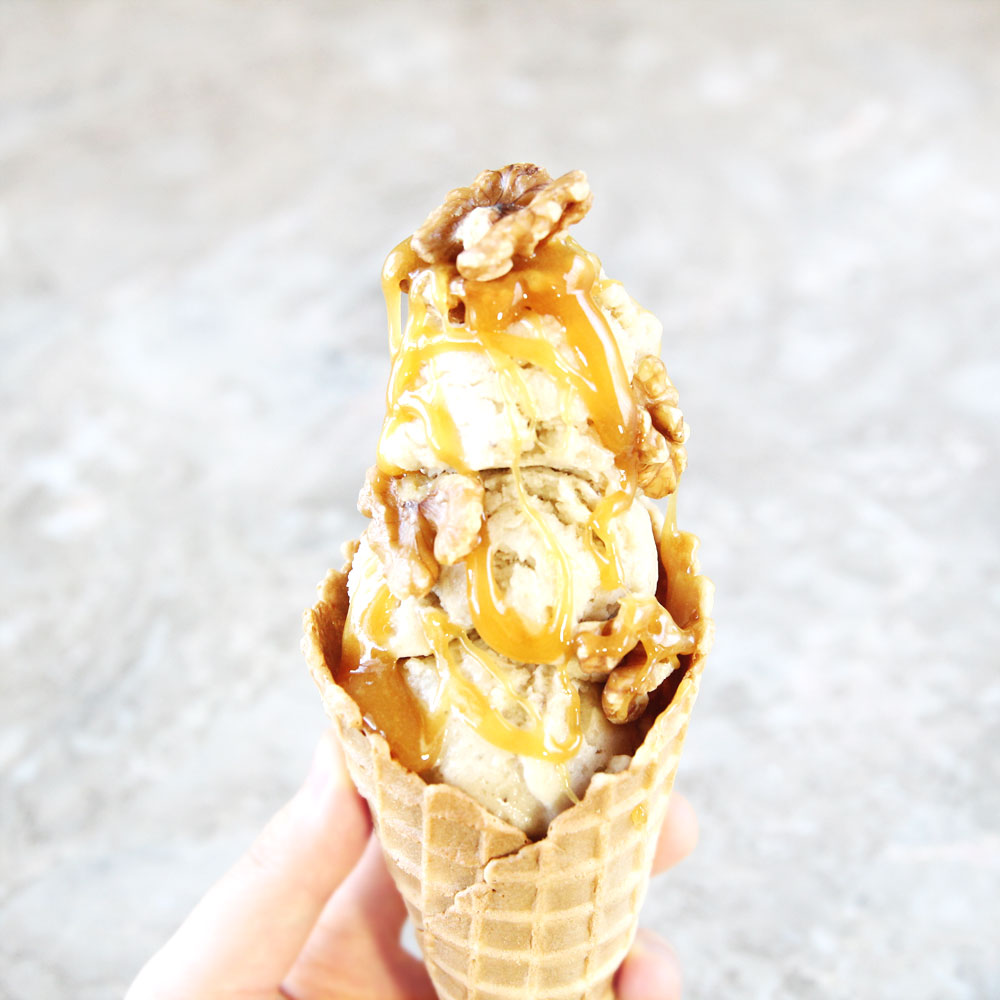
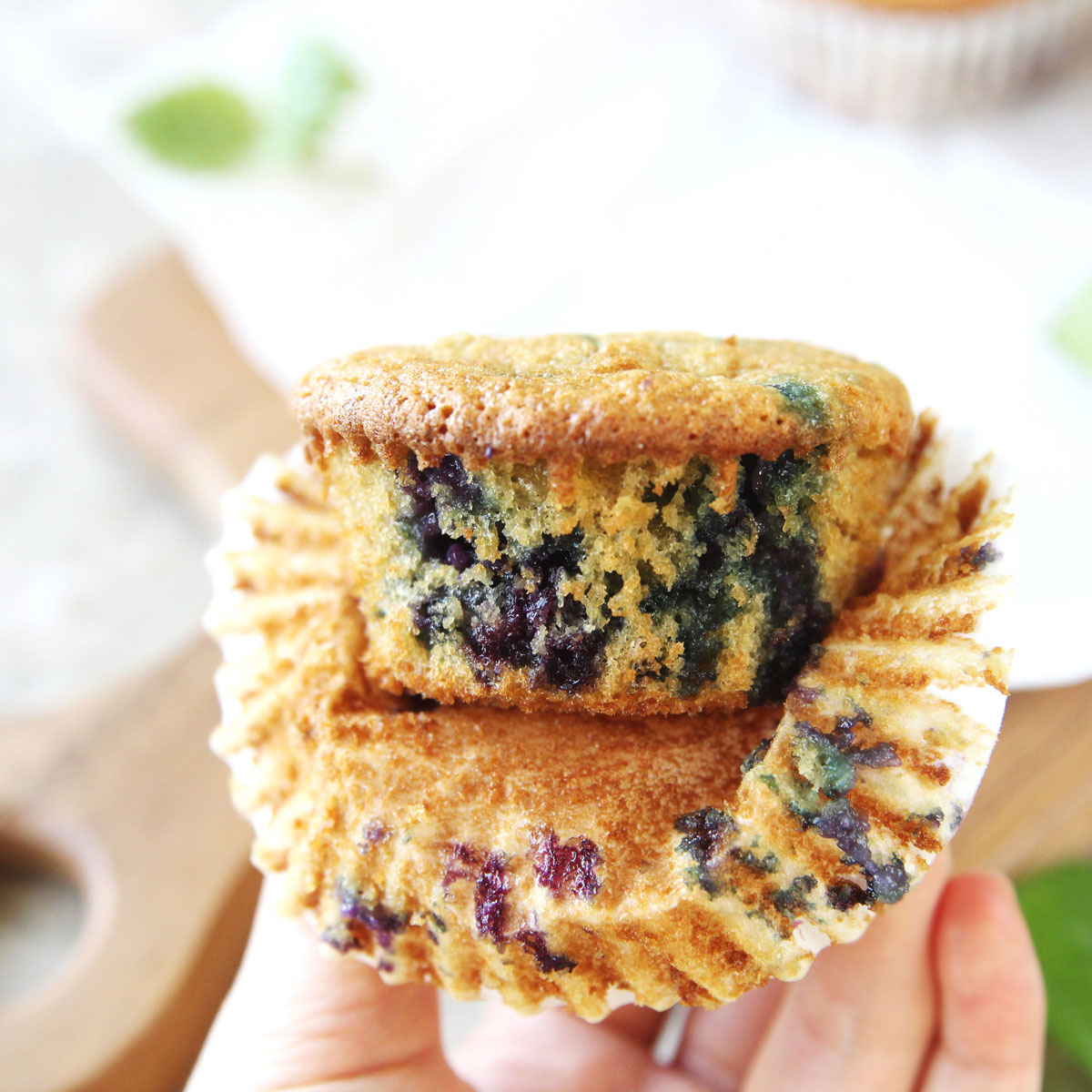
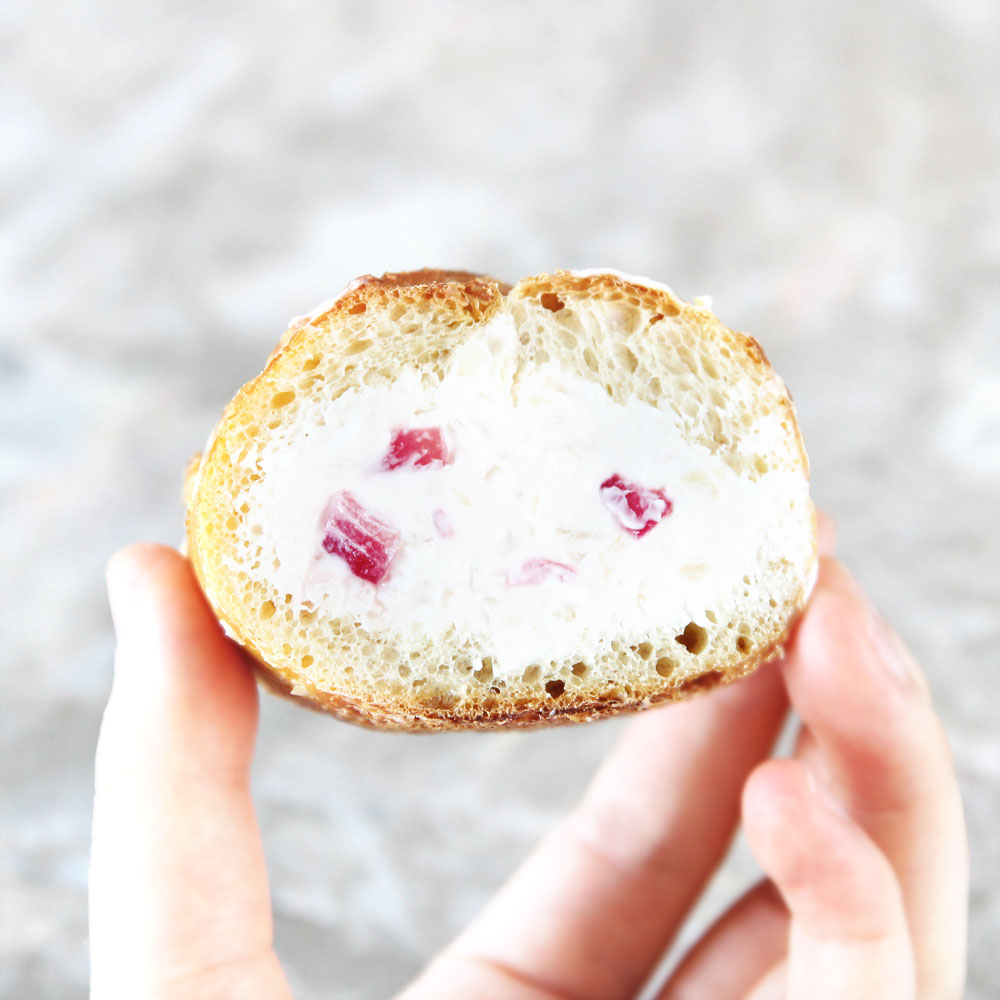
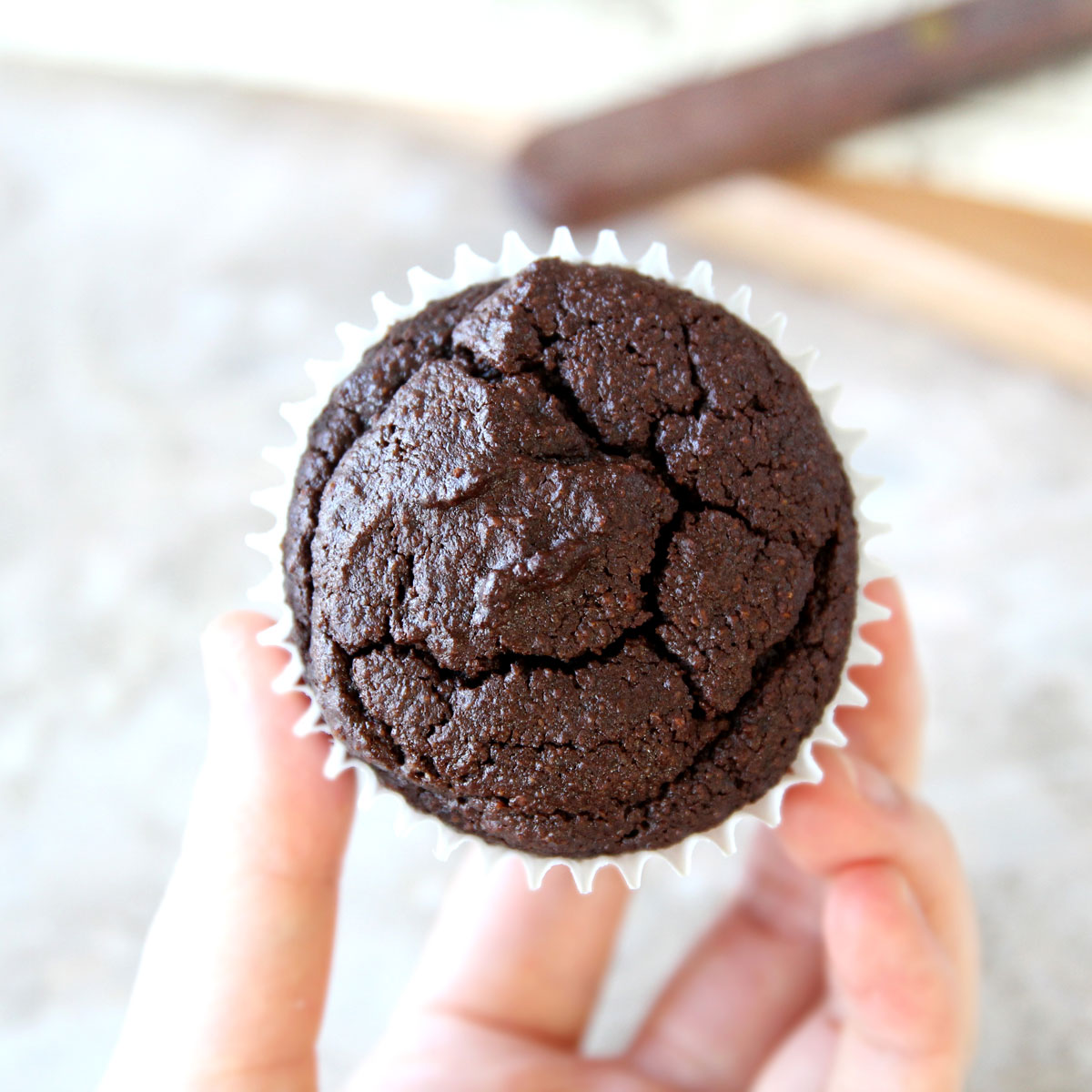
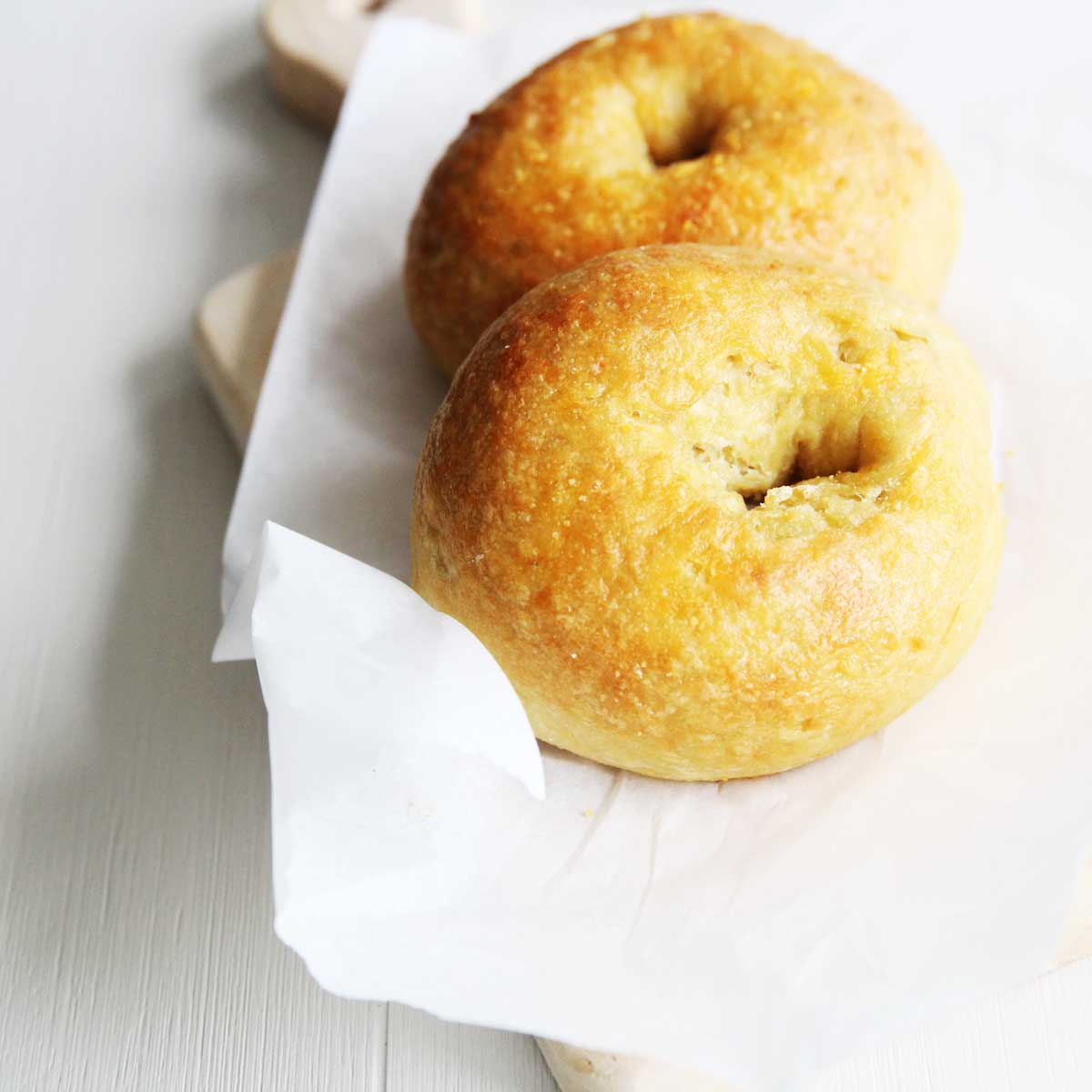
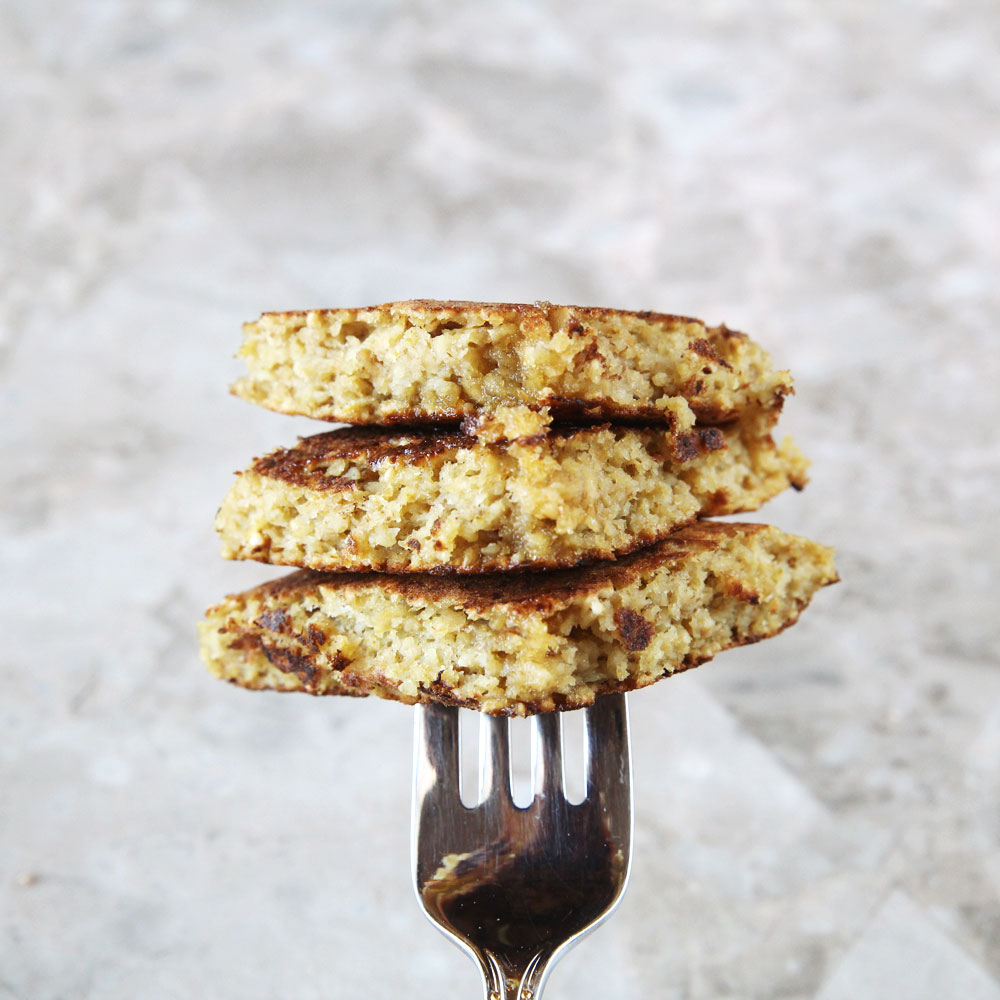
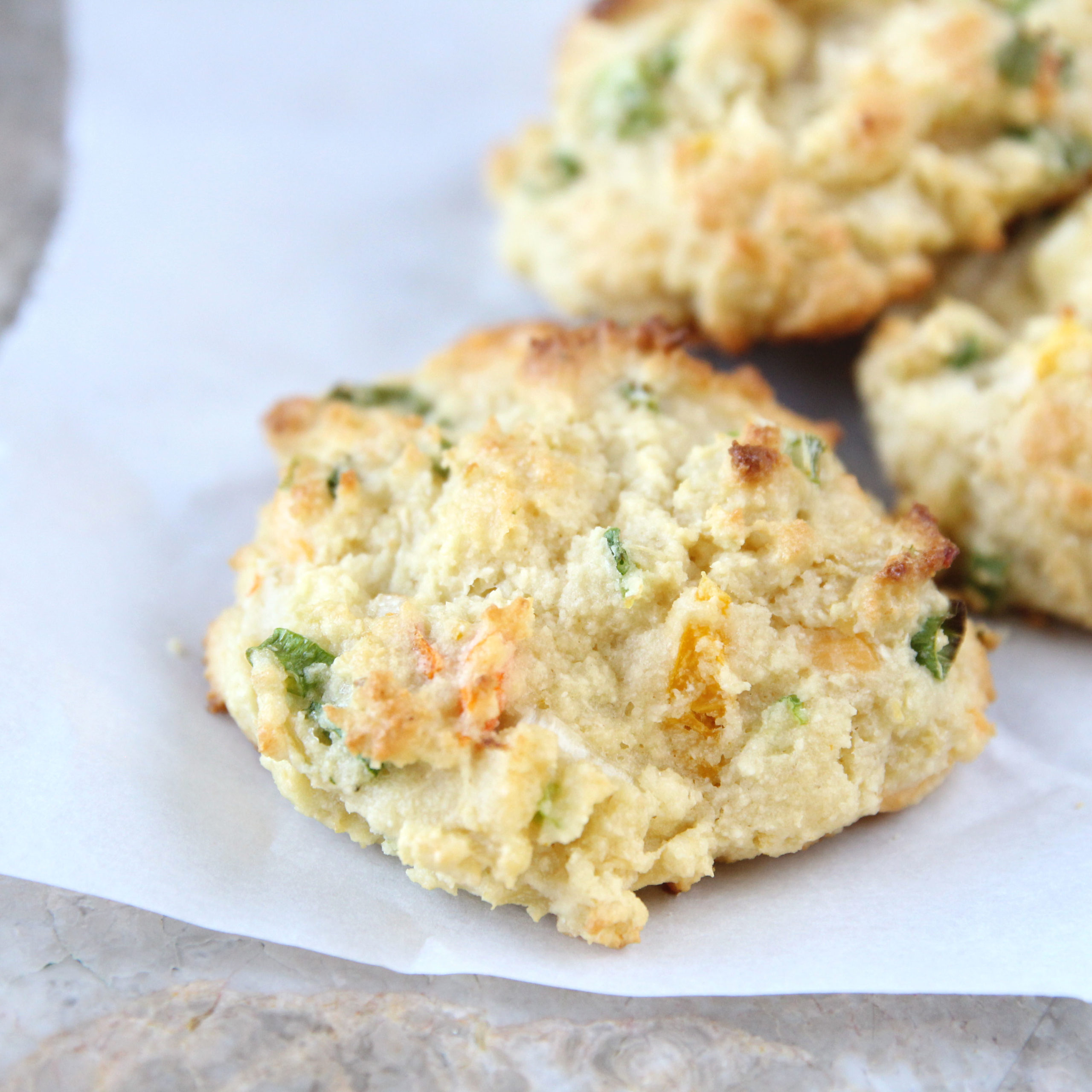
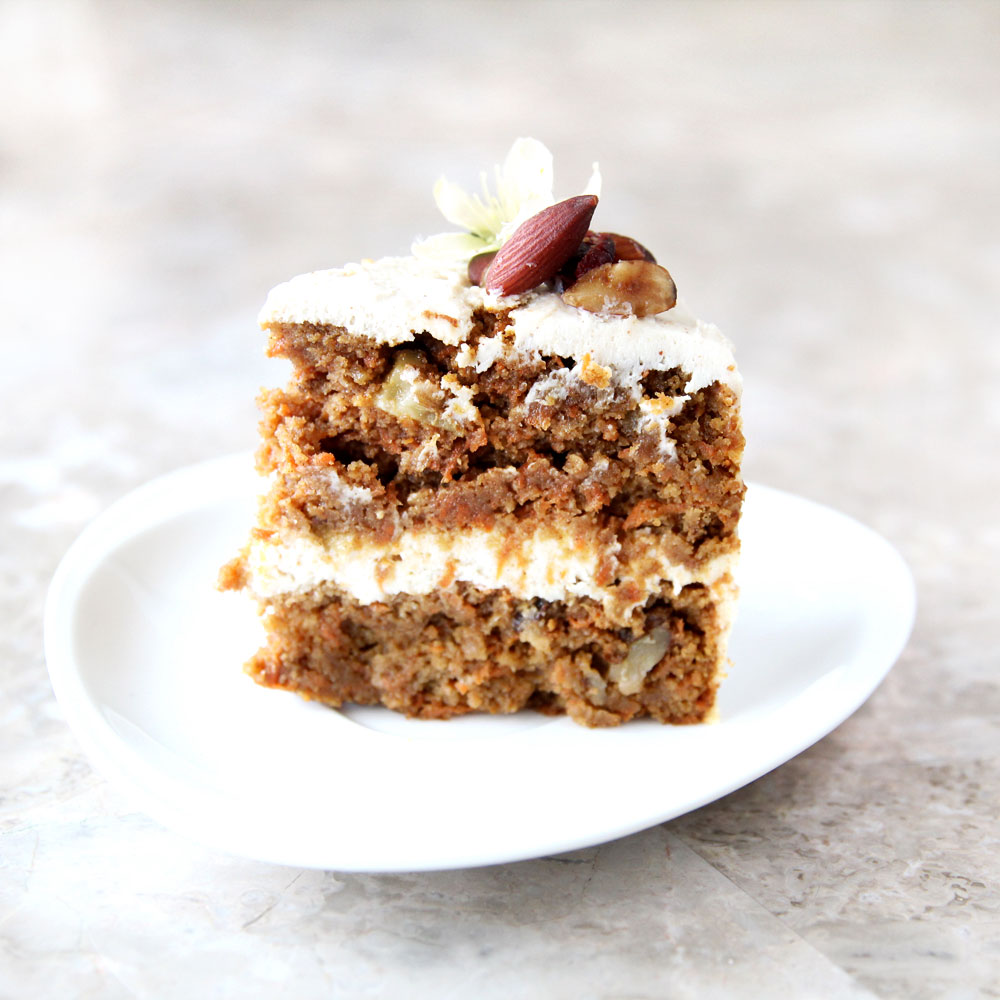
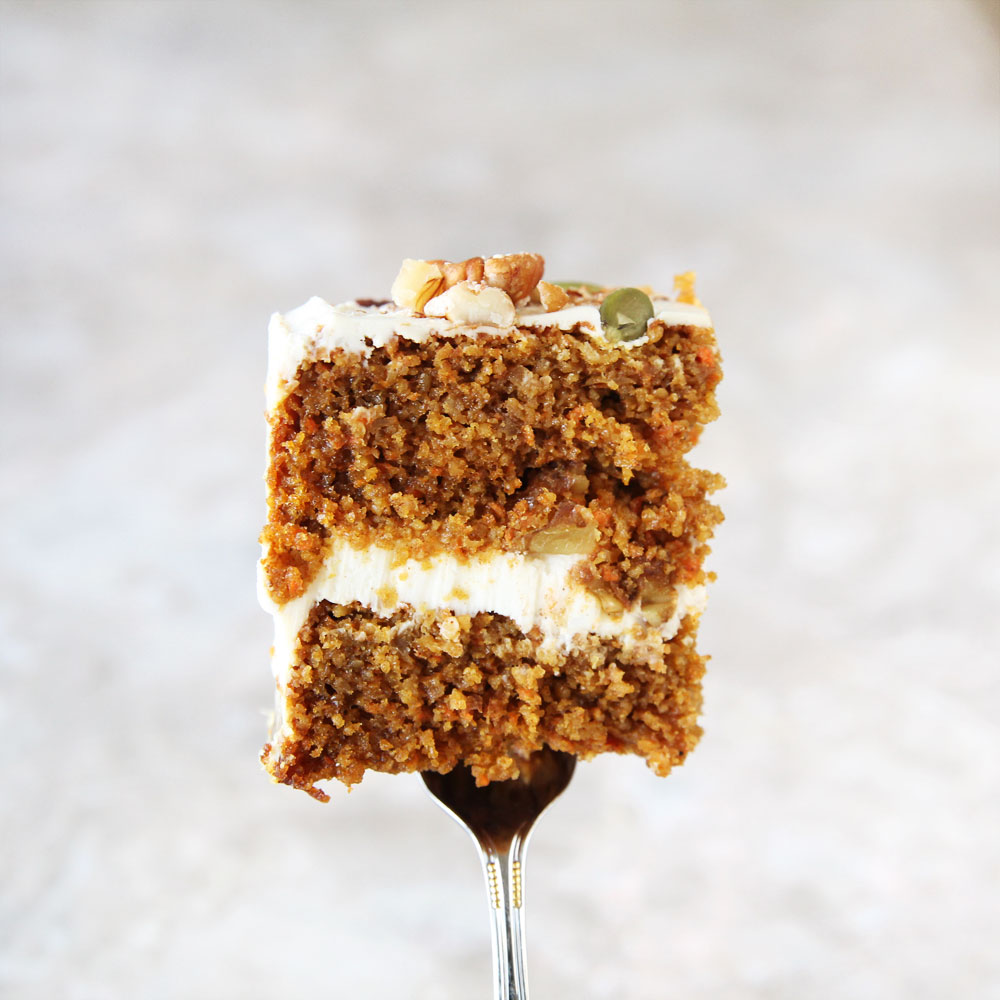
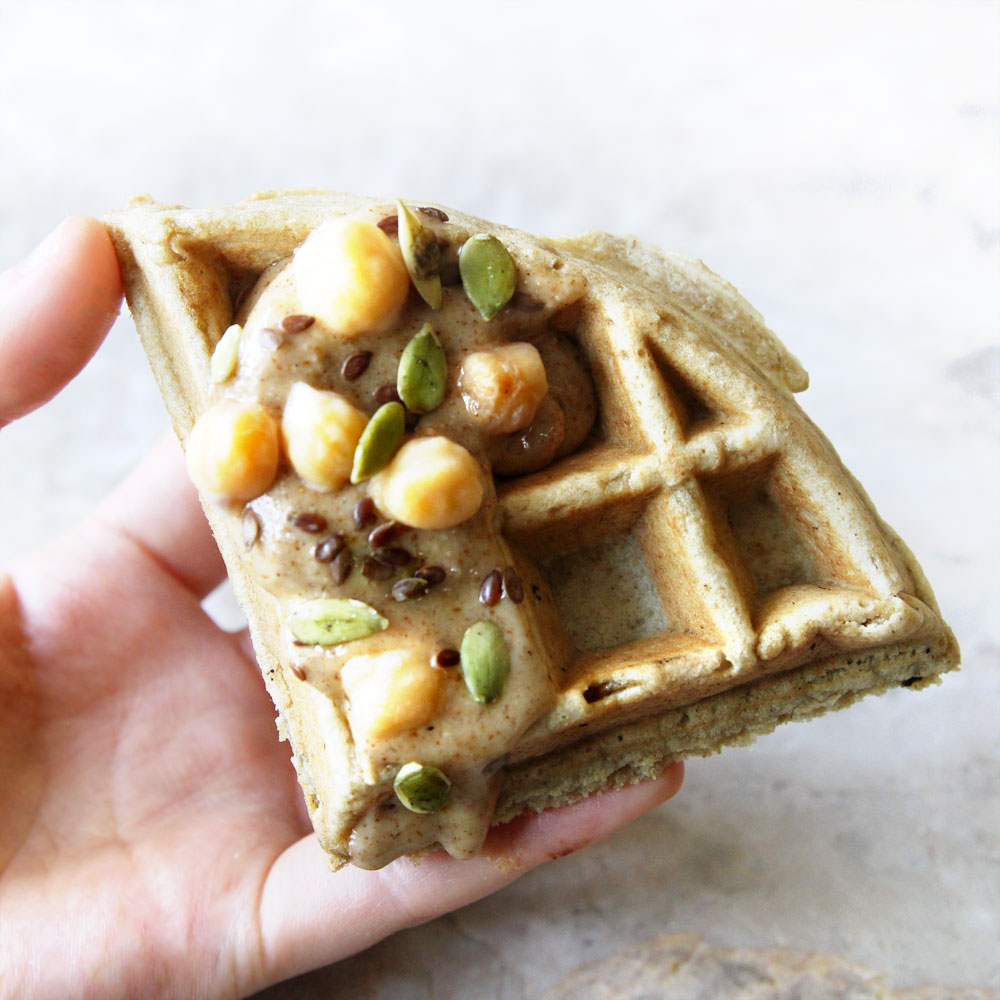
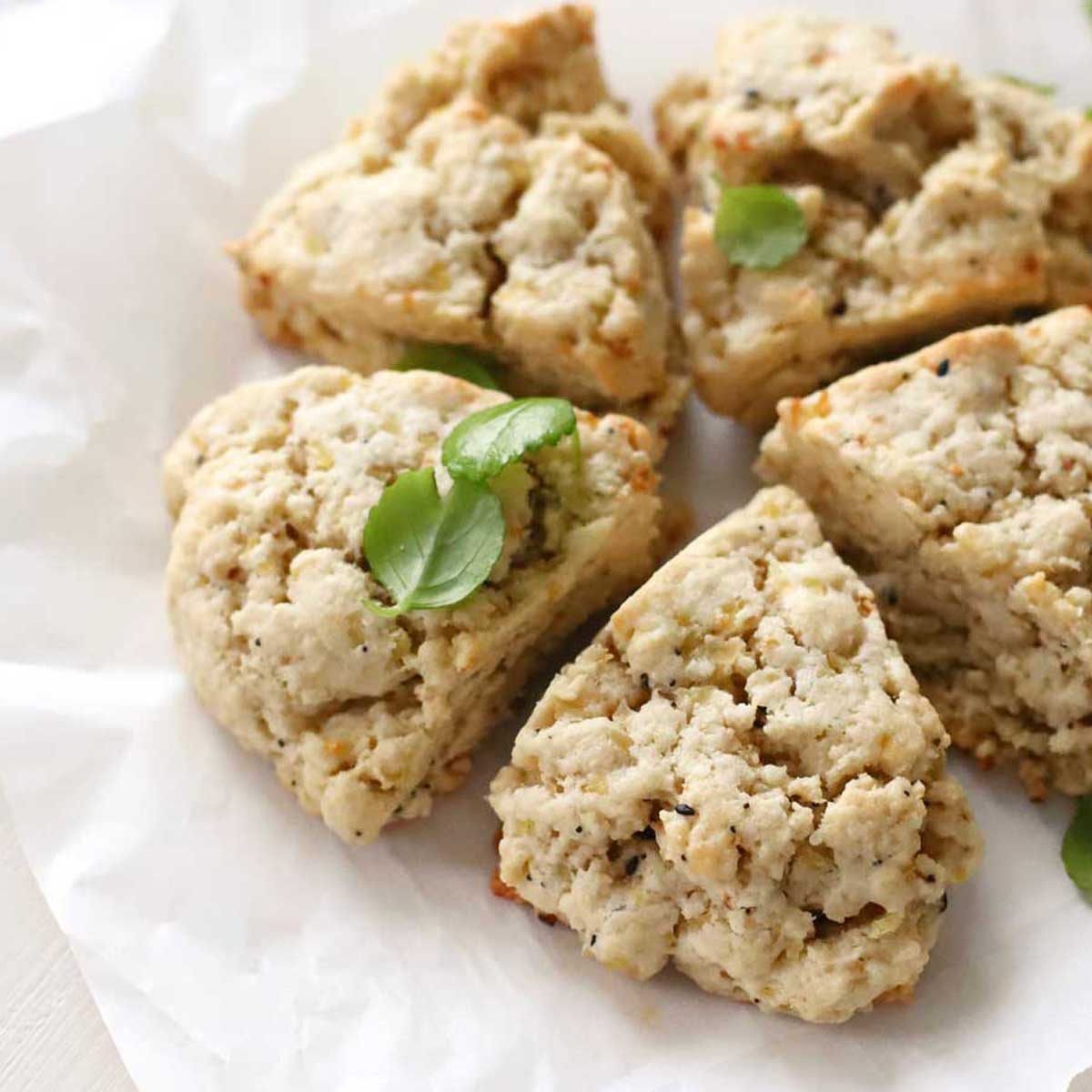
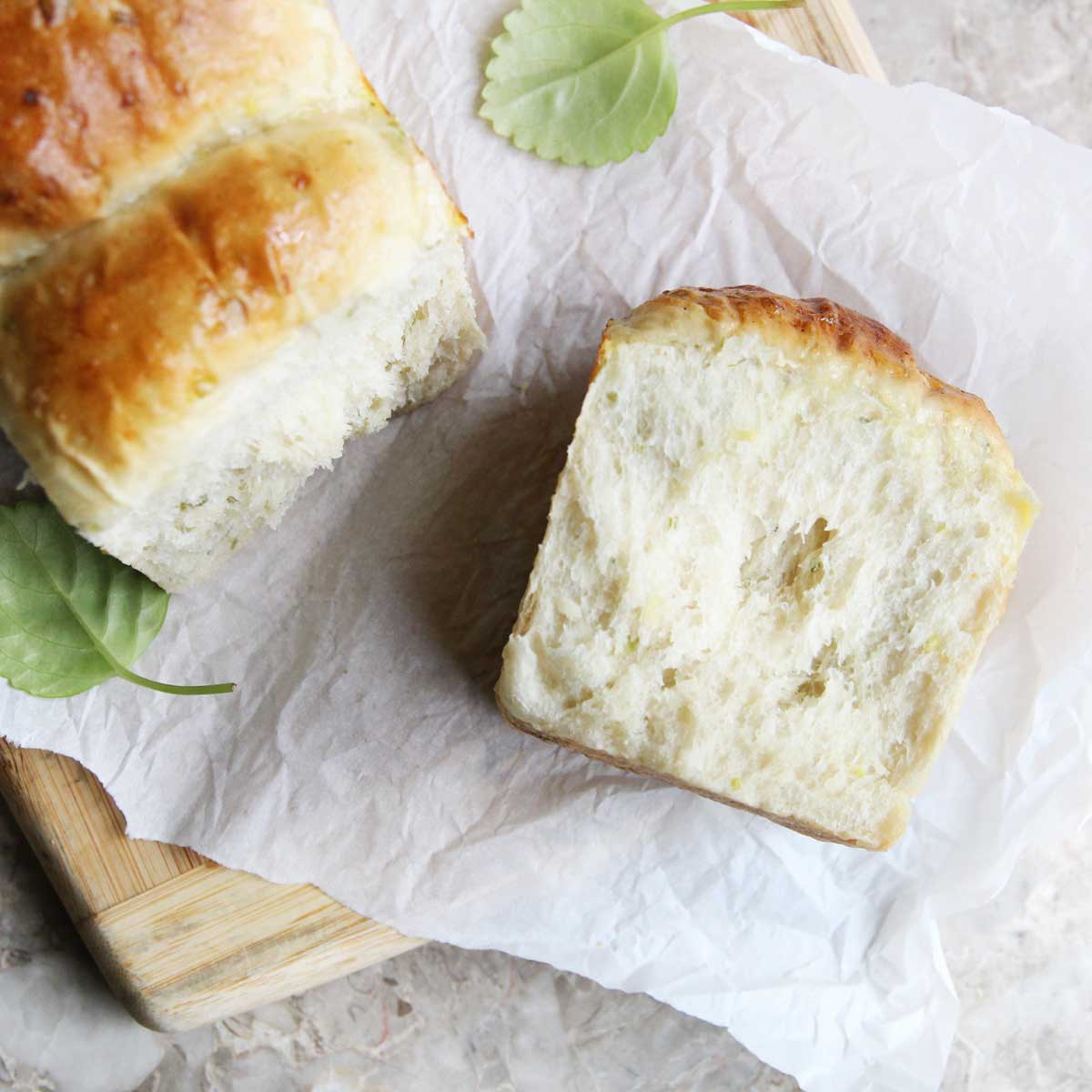

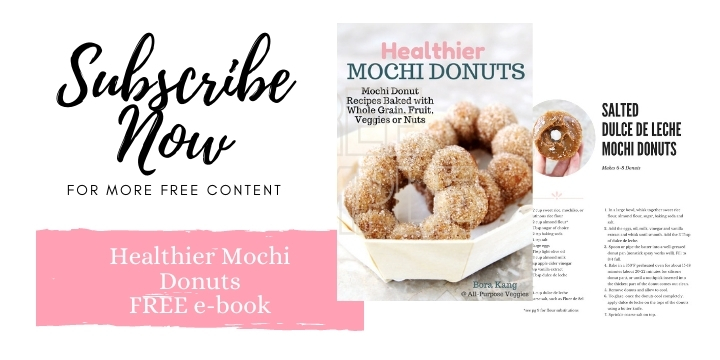


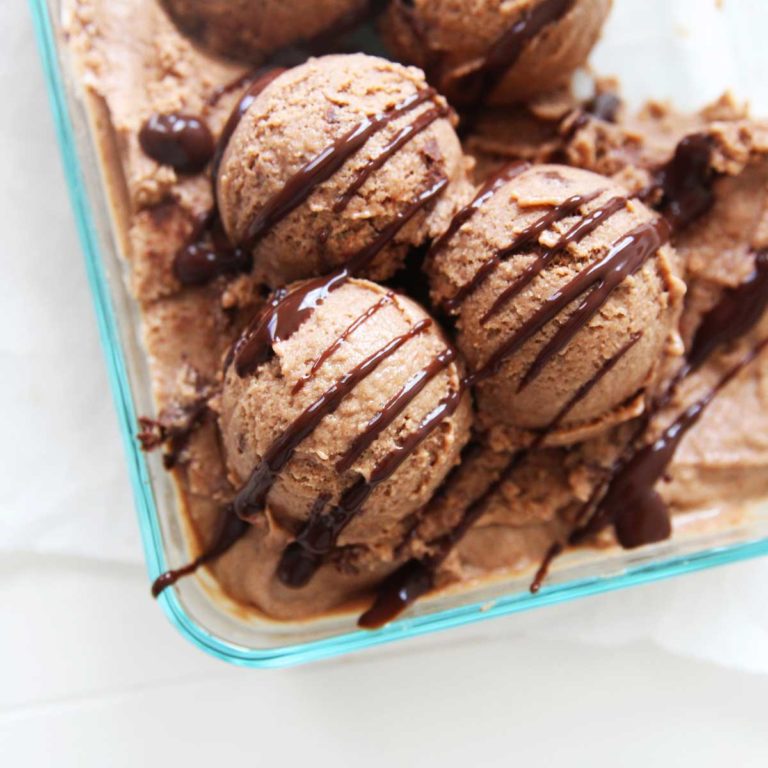
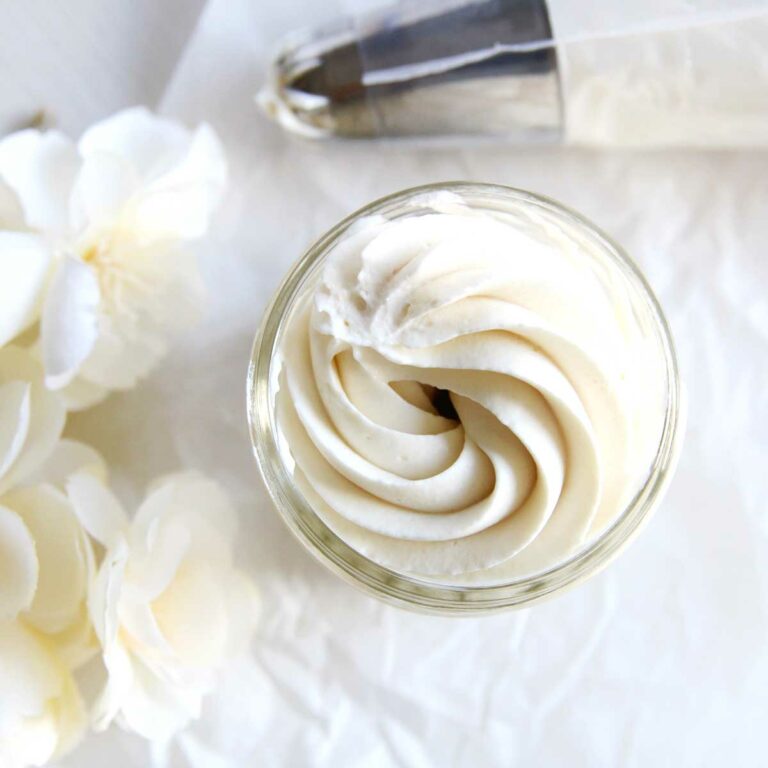
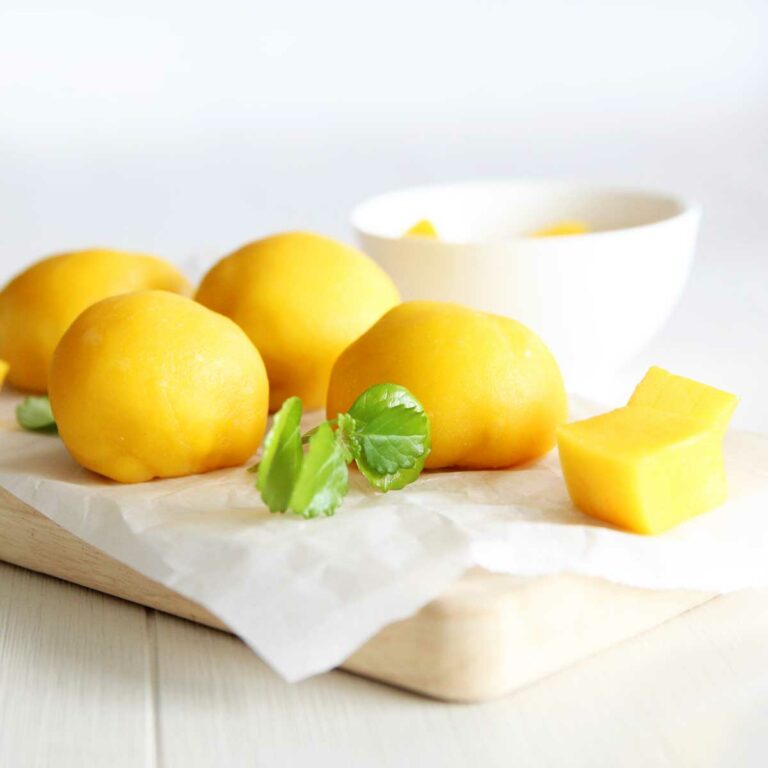

Leave a Reply